One of Hong Kong’s earliest free-to-access resource centers for contemporary art, the Asia Art Archive, turns 25 this year. Mariella Radaelli finds out about the independent nonprofit’s contribution toward documenting and highlighting the diversity of art from the region.
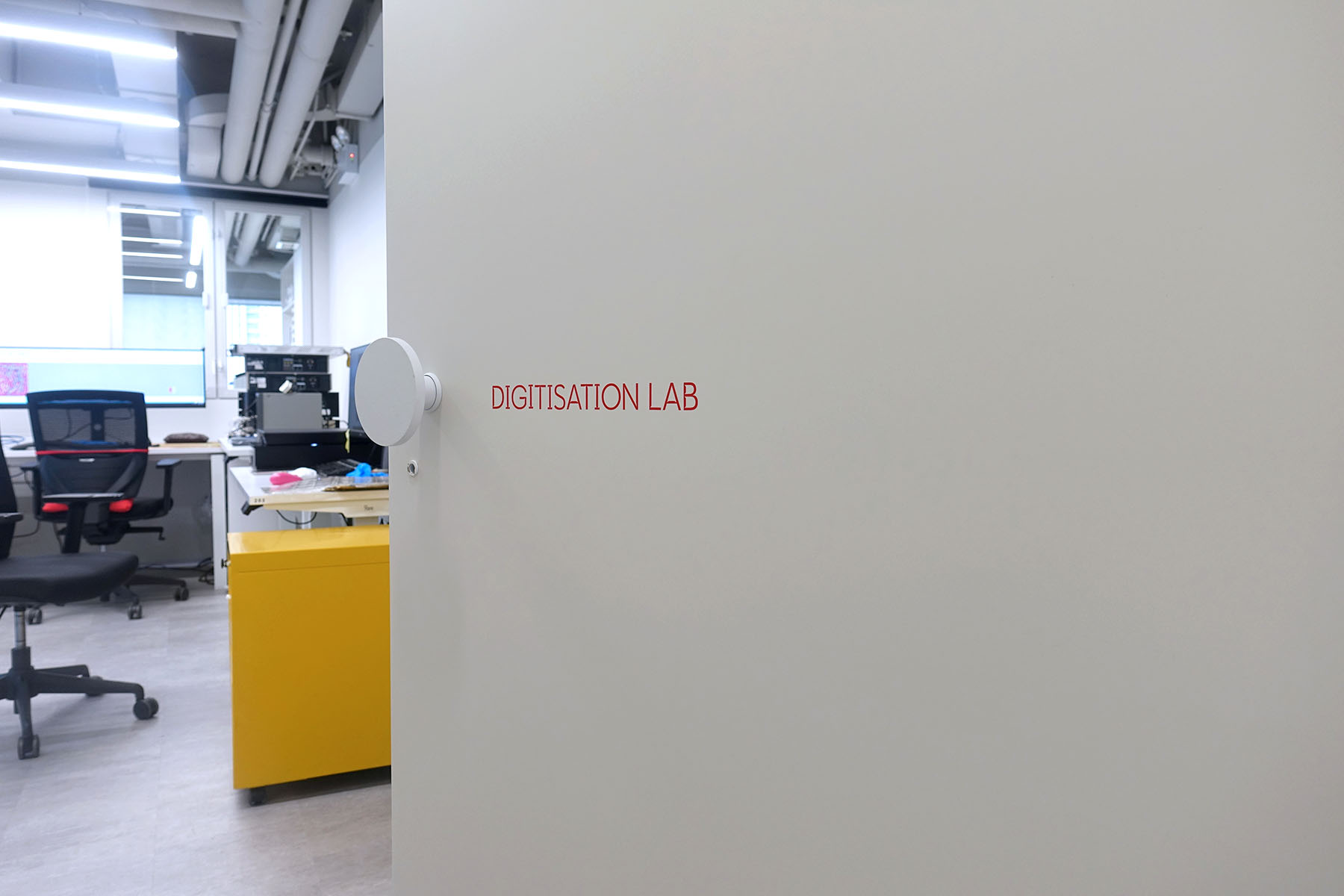
The Asia Art Archive turns 25 this year. One of Hong Kong’s earliest free-to-access resource centers for contemporary art from the region, the independent nonprofit was the brainchild of Claire Hsu, who co-founded it with Johnson Chang in 2000. Hsu, a fresh graduate of the master’s program in art history from the School of Oriental and African Studies at the time, was driven by the need to preserve and highlight those Asian cultural histories that often fall through the cracks, and to make them available to the public free of cost.
Today, AAA has more than 146,000 archival documents in its collection. Its new archiving facility, the Digitisation Lab, has been improving operational capabilities since July.
READ MORE: Fair harvest
December saw the launch of the Visual Archive of Hong Kong Art — a resource based on the statistical analysis of over 27,000 research materials. Hazel Kwok, a researcher on the nonprofit’s Hong Kong Project, says, “In the first phase, we introduced a database of Hong Kong art book covers, offering users a renewed digital experience in terms of browsing Hong Kong-related exhibition catalogs and monographs.” She adds that the interactive interface enables sorting of book covers by publication decade and color saturation, sometimes leading to serendipitous discoveries.

A welcoming space
AAA going high-tech might be one of the reasons behind the increasing footfall. Anthony Yung, a senior researcher at the nonprofit, reveals that the number of visitors to its Hollywood Road address has more than doubled in recent years — from 1,700 in 2022 to 3,900 in 2024. He credits the growth to the city’s excellent support systems, sustained by both public and private funding agencies, as well as the enthusiasm of a community of art lovers. In return, he says, AAA serves as a vital component of the city’s art ecosystem, attracting visitors from the world over.
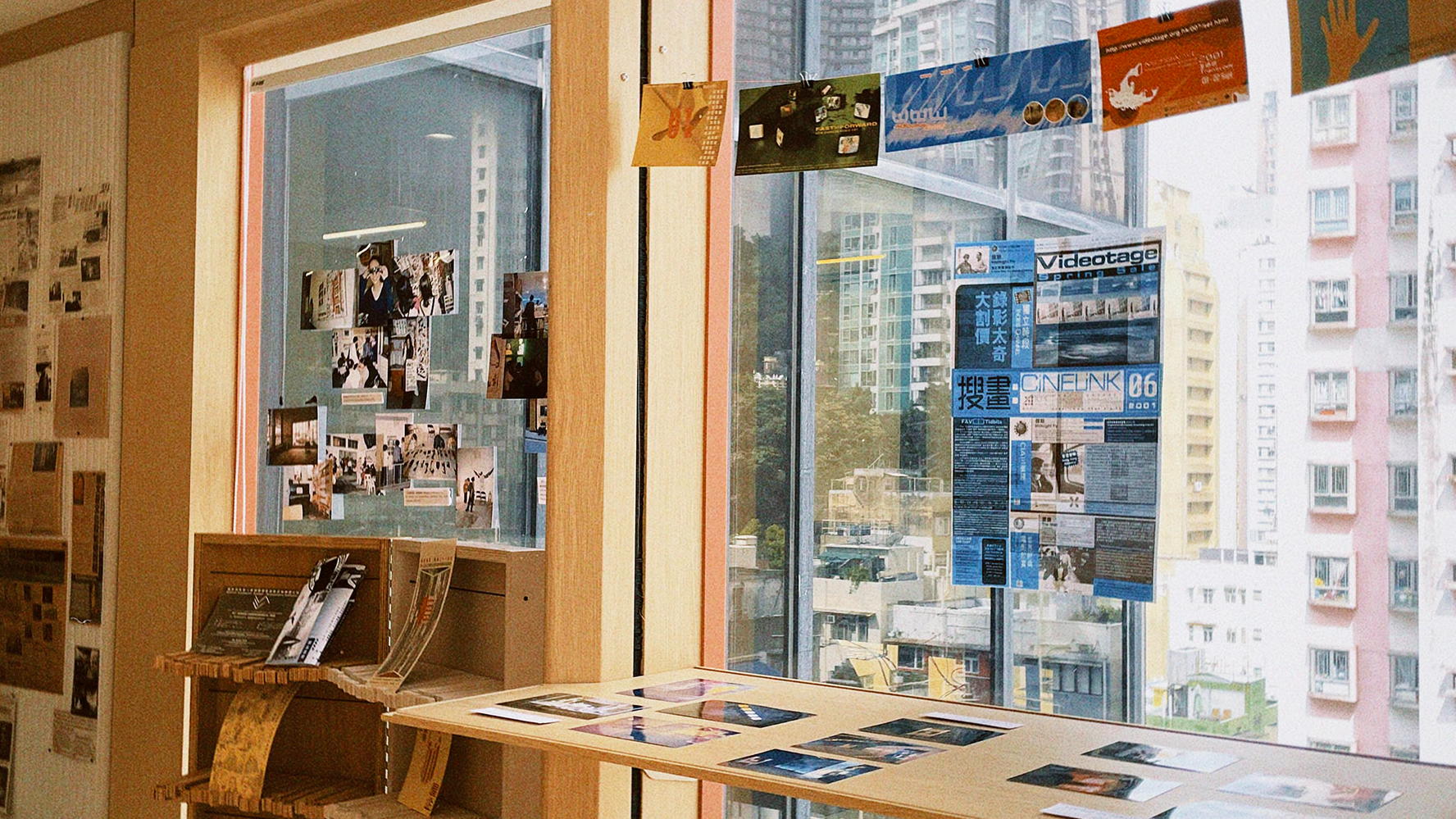
The Hong Kong Room in the AAA library is open to anyone who cares to step in during office hours. It contains over 20,000 documents of art history. “The room is replete with documentation of the activities of over 7,000 individuals and organizations belonging to the local art community,” says Aki Kung, an archivist on the institute’s Hong Kong Project.
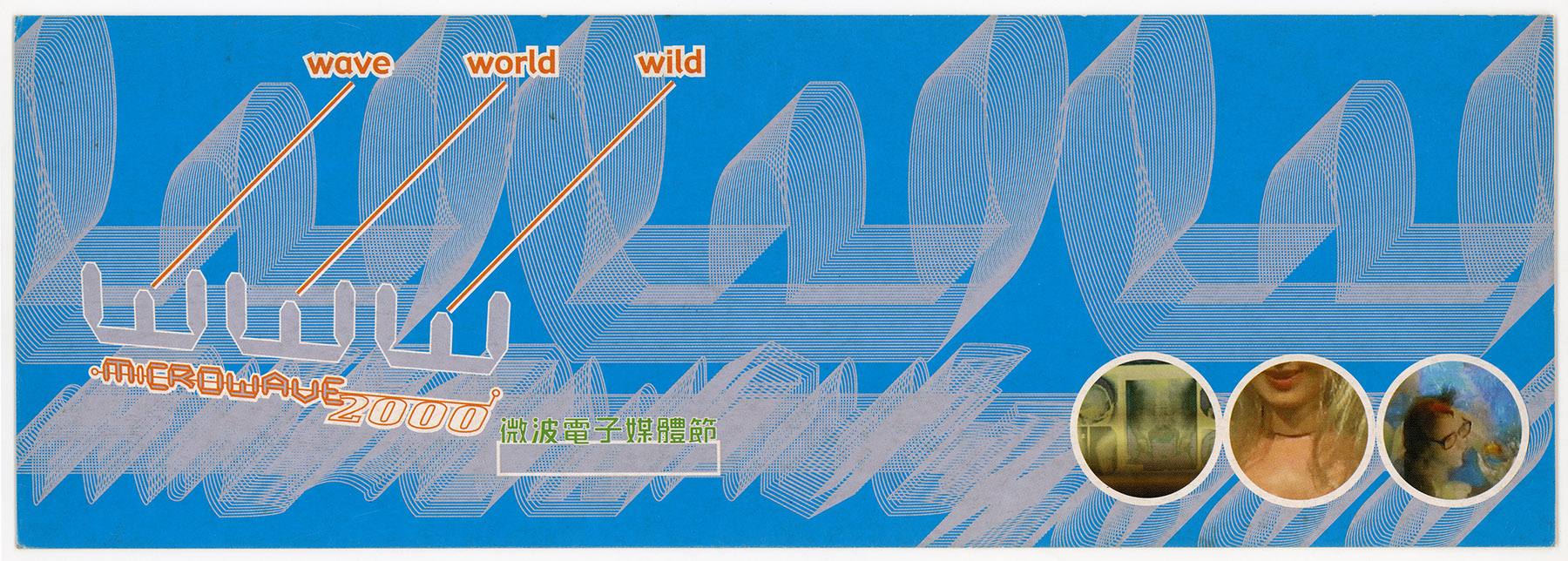
Dawn of a new millennium
Although the yearlong anniversary celebrations do not officially kick off until November, at the moment the AAA library is hosting a display called Hong Kong Arts@Y2K that might be counted as an anniversary special. Put together by the AAA research team, the show focuses on the local art scene at the turn of the millennium, and features documentation of artworks, including clippings, reference books, and exhibition catalogs.
“As we celebrate AAA’s 25th anniversary, it is fascinating to reflect on the landscape of Hong Kong art during the pivotal year of 2000, when AAA was founded,” says Kwok. “At that time, there were widespread fears that the transition from 1999 to 2000 could lead to technological failures affecting financial systems and public infrastructure.” Despite these anxieties, the start of the new millennium saw the emergence of various independent art spaces in Hong Kong. Kwok adds that the exhibition highlights how artists engaged with the spirit of the era and envisioned future possibilities.


Ellen Pau founded the Microwave International New Media Arts Festival in 1996. By 2000, the festival had expanded exponentially. Photos, an invitation card, and the exhibition catalog from the 2000 Microwave Festival are among the exhibits.
The onset of the new millennium saw Hong Kong playing an enhanced role as a cultural connector between China and the rest of the world. In 2001, Hong Kong participated in the Venice Biennale for the first time, presenting works by Ho Siu-kee, Leung Chi-wo, and Pau. “Their artworks at the biennale explored themes of urban space and modern life in Hong Kong, marking one of the city’s early engagements with the global art scene,” Kwok says. Materials related to Hong Kong’s debut in Venice are on display.
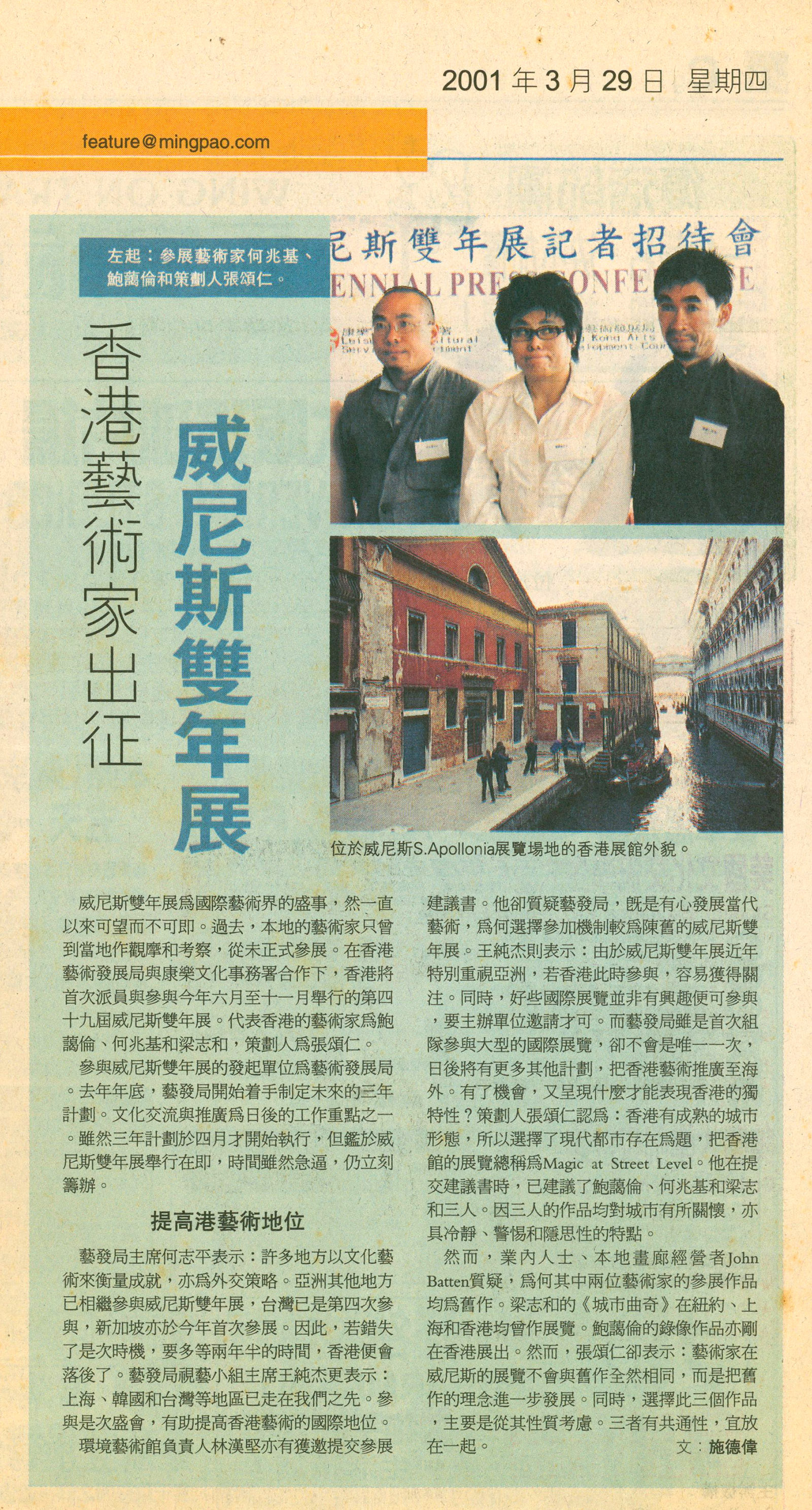

Focus on HK mavericks
Started in 2023, AAA’s Recalling Disappearance: Hong Kong Contemporary Art project aims to inspire greater awareness of contemporary art in the city. “It aims at consolidating AAA’s existing and already extensive collection of research materials on Hong Kong contemporary art and developing it further with a clear strategic focus,” Yung says.
Other works in progress include an archive on Siu King-chung (born 1962), an artist, curator, and important scholar of Hong Kong contemporary art and culture; and another on Howard Chan (1964-2013), a Hong Kong curator active in the ’90s, 2000s, and 2010s, and a pioneer in terms of linking up Hong Kong’s art community with those of other Asian cultures. The list also includes an archive on the artist couple Lee Ka-sing (born 1954) and Holly Lee (1953-2024), founders of the legendary photo magazine NuNaHeDuo (Dislocation) as well as the OP fotogallery Hong Kong.
Recent additions include an archive on Tozer Pak Sheung-chuen, a columnist at Sunday Mingpao from 2003 to 2024. Pak’s columns are a mix of prose and poetry, writing and images, including drawings and photographs. As Kwok points out, for a 2004 artwork, called The Encounter of Time and currently on display at AAA, Pak used three vertical images, laid out side by side, like parallel newspaper columns — a nod to his close association with the print media.
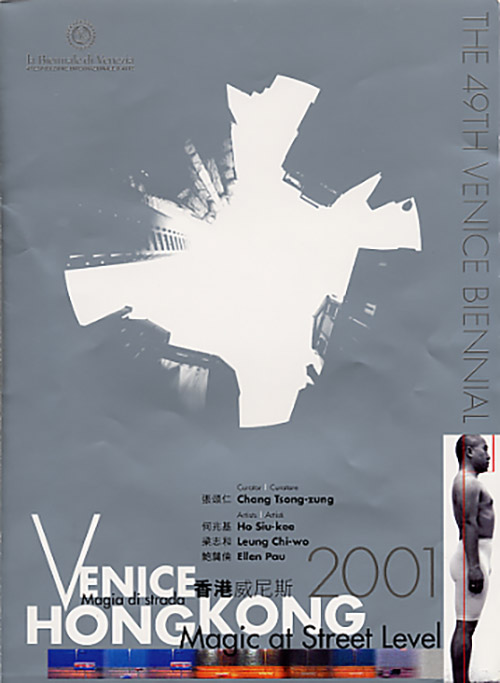
Look back in wonder
For the inaugural anniversary exhibition in November, Beijing-based artist Song Dong (born 1966) is collaborating with AAA to make new works celebrating milestones of the nonprofit’s journey so far.
March will see a second exhibition, with contributions from eight artists across Asia. Called At 25, the show aims to revisit the times in these artists’ lives when they were 25, and observe specific moments in the history of art from their perspectives.
“The artworks are paired with archival materials from the corresponding years, illuminating the social and cultural contexts in which the artists worked,” Yung says. “We will also present corresponding histories of Hong Kong, offering previously unseen perspectives on historical times and places. For a Hong Kong audience, this is an opportunity to understand certain histories of Asia in relation to our own memories and lived experiences.”
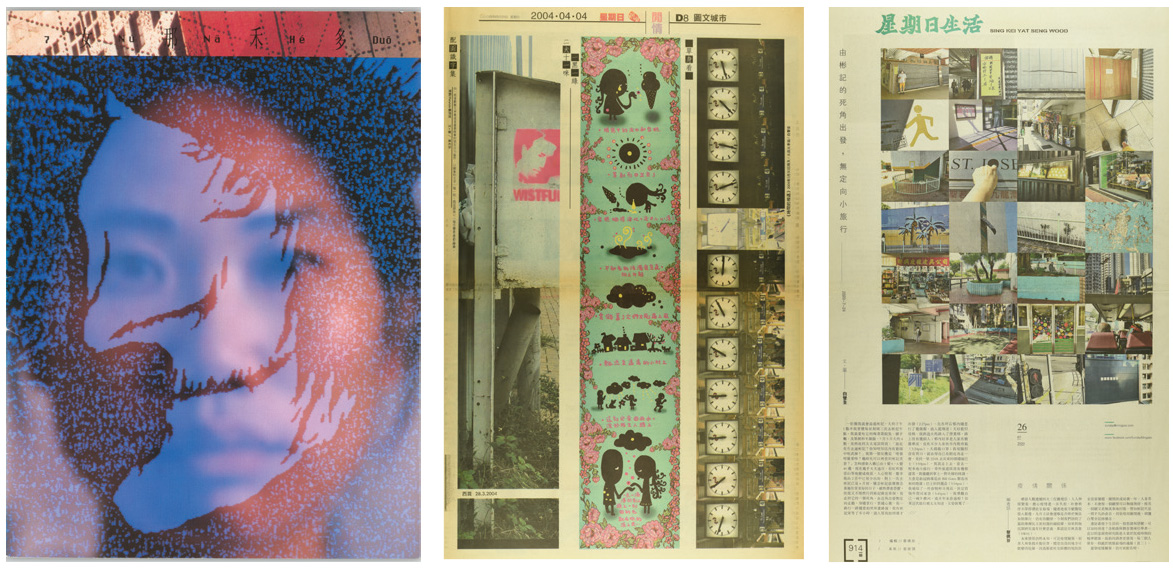
Custodians of art histories
Isaac Leung, an artist and associate professor at the Chinese University of Hong Kong’s Faculty of Arts, praises AAA’s policy of encouraging artists and researchers to engage with its holdings. “Such initiatives lead to re-curating of archival materials to tell new stories,” he says, stressing on the importance of “activating archives from time to time”, so that the facts and ideas embedded in them may be revealed.
But has AAA lived up to its remit of collecting and safekeeping art histories from across Asia?
ALSO READ: Binding ties
“AAA has maintained a high standard of protecting artworks and related materials from loss or decay, allowing future generations to encounter works that might otherwise vanish,” Leung says. “As its 25th anniversary approaches, AAA’s continuity speaks to the value of sustained archival practice in artistic development, enabling artists and researchers to draw connections across time.”
He wonders if AAA would consider developing its online archive toward “illuminating relationships that extend beyond chronology — showing themes crisscrossing distinct spaces, eras and contexts” and “reveal complex nonlinear connections between locations, periods and key figures”.


